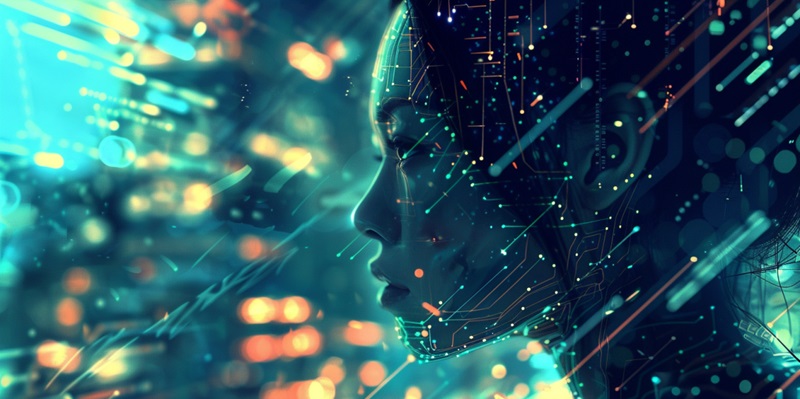In the realm of digital twin technology, the advent of ChatGPT-4 marks a watershed moment. This cutting-edge iteration of artificial intelligence is transforming the way digital twins are not only crafted but also how they interact with their physical counterparts. By incorporating the sophisticated linguistic and cognitive capabilities of ChatGPT-4, digital twins are evolving from static replicas to dynamic entities capable of learning, reasoning, and making decisions independently.
The impact of ChatGPT-4 is evident in the way digital twins can now communicate. With natural language processing, they converse with engineers, providing insights into operational issues or maintenance needs. This transformation is a leap toward intuitive human-AI interaction, enabling professionals across industries to guide and refine the behavior of their virtual counterparts with unprecedented ease and accuracy.
Bridging Virtual and Real Worlds
ChatGPT-4’s integration with digital twin technology is transforming these virtual models from simple replicas to intelligent, anticipatory systems. This advanced AI endows digital twins with predictive capabilities, enabling them to foresee potential issues and optimize processes in live scenarios. These enhanced models now act as vigilant custodians, continuously seeking performance improvements and seamlessly merging digital insights with physical operations.
This evolved synergy signals a new era in industrial management where every decision is informed by comprehensive data analysis. The intelligence these AI-enabled digital twins provide allows for intricate scenario modelling, ensuring that businesses are not only reacting to changes but are consistently staying ahead. With this leap in capability, industries are moving towards a future of perpetual advancement, where both the digital and the physical work in unison for unparalleled operational efficiency.

